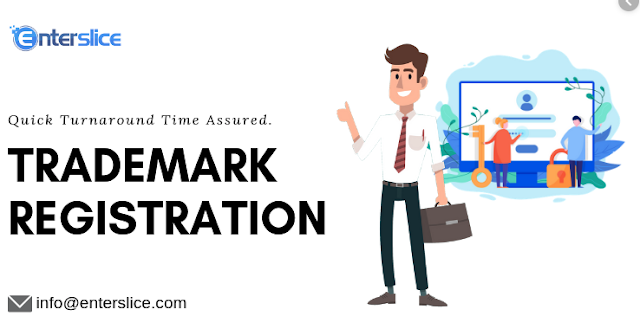 |
| Food License Fssai |
In a recent survey undertaken by a popular online social media channel, it was revealed that more than 2/3rd of the customers ordering food via online food-delivery service providers e.g. Swiggy, Zomato, Food Panda, Uber Eats, etc., are ridiculed and worried over the quality of the food delivered to them. Several instances of temporary food outlets were also accounted for where the disposition of the food handler is often only about getting the work done without having the slightest concern about the hygiene and health of the consumers. As a result, a large number of medically critical cases associated with unhygienic preparation of food were seen. In such a scenario it becomes exceedingly important for FSSAI to take a strict stand against the subversion and toward the process of allotting the food license to all the online and offline FBOs (Food Business Operators).
Significance of Food Safety and Food License
Not that FSSAI, short for Food Safety and Standards Authority, has not devised a plan to address the hygiene issue. The Food Hygiene Rating Scheme which is an online rating procedure that seeks to enable consumers to make better-informed decisions about the places they visit for dining they eat out is a live example of the efforts being made to curb the outbreak of foodborne diseases. FSSAI as a part of the game plan had also made projections of a ‘reciprocative effect’ to follow, which de jure compelled numerous online FBOs to enhance their hygiene standards.The concept of Hygiene score definitely came a little late in India, however, this definitely depicts the commitment of the Indian government to ensure food safety. As a result, setting up a food business in India and acquiring a Food license online might not be a cakewalk anymore.
FSSAI Registration attributes a crucial characteristic in devising the supervision of food processes for retaining a standard quality of food and ensuring food safety throughout in India.
FSSAI put in effect the articulated measures to remove the harmful contents present in the food as a result of neglecting food quality maintenance.
How to Get Food License in India?
Food license registration under the Food Safety and Standards Authority of India only involves a few steps that consist of visiting the online FSSAI registration portal and filling the form, followed by uploading all the necessary documents, followed by making the payment of a negligible amount. The complex part entails after the food license registration, which is compliance with the regulations laid down by FSSAI to arrest the issue of food hygiene.The Obligatory Part of Food License Acquisition
In order for FBOs to obtain Food License, they are required to make FSSAI Registration adhering to five basic directive principles modeled around ensure safety and standardized quality of food.- Coach each and every food handler by appointing licensed Food Safety Supervisors.
- Log on to the official FSS portal "FOSTAC" for training and assistance.
- Food Safety Display Boards should be comfortably visible inside the building.
- Food samples should be periodically sent to FSSAI certified labs for testing.
On the customers’ end, which cannot be discounted in order to completely ensure a healthy intake of food, few simple steps can be followed. For instance, washing both hands before handling food, keeping un-eatables away from processed food, consumption of food articles within the specified duration, reading the food composition details, etc. are the few measures consumers can adhere to.
FSSAI Food License classifications in India
Food Safety and Standards Authority of India issues 3 distinct forms of Fssai Registration Online in India as follows.- Basic/General FSSAI Food License Registration: Compact FBOs including small manufacturers, logistical and storage units, distributors, local retailers, etc. are mandatorily required to register for a basic FSSAI food license issued by the Government of State for a period of 12 months which can be extended to 5 years. In addition, this is technically applicable for FBO units having turnover below 12 lakhs per annum. The remaining ru depends on the eligibility, the FBO can thus fall under either the State FSSAI License or the Basic Registration.
- The State FSSAI Food License: All the FBOs and associated businesses with a turnover of exceeding the 12 lakhs mark, often the small to medium food manufacturers, logistics and storage suppliers, etc. to get the State FSSAI Food License. This license issuance falls under the jurisdiction of a State Government with similar validity criteria as of the basic/general food licenses, i.e. from 1 year to a maximum of 5 years.
- The Central FSSAI Food License: This category subsumes all the FBOs with a turnover larger than 20 crores, often constituting large food manufacturers, dedicated export business units, also FBOs in the service of the Central Government agencies e.g. airports, seaports, etc. A separate central FSSAI food license may also be required for the parent or the head office (applicable if the FBO is operating in more than two States. The term for the central FSSAI food license shall also be the same as in the other cases.





